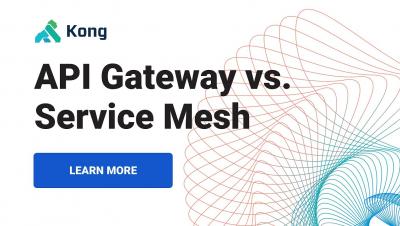API Gateway vs. Service Mesh
Service mesh expert Cody De Arkland explains the differences between an API gateway and service mesh and how they work together. An API gateway helps companies offer APIs “as a product” to internal or external clients/users via a centralized ingress point. They can also govern and control how they are being exposed and onboarded via a full lifecycle APIM platform. API gateways are commonly used when different applications need to talk to each other and create an abstraction layer between the clients and the underlying APIs.











